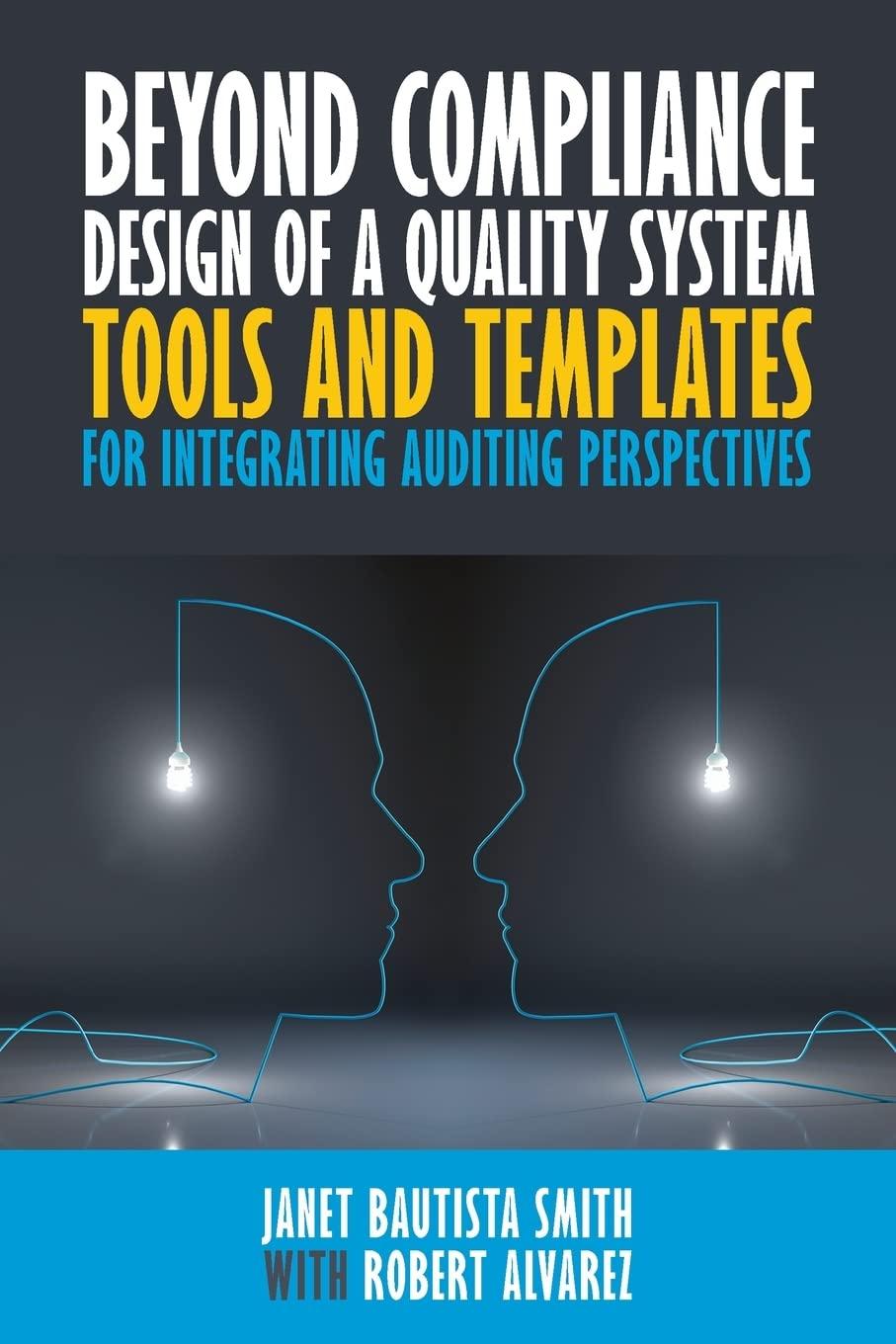Question
Practice ACC 102 (show how to do these) Problem 1.1: The Company sell a single product which selling price is $50, variable expenses $20 and
Practice ACC 102 (show how to do these)
Problem 1.1: The Company sell a single product which selling price is $50, variable expenses $20 and total fixed expenses $360,000.
Required:
- Compute contribution margin ratio, break-even in both unit and dollar sales.
- If the company want to have profit for $150,000, how many unit and how many dollars have to be sold to get this target profit.
- Assume that the company now can sell 15,000 units of product; prepare the contribution format income statement.
- From required 3, computer margin of safety in dollar and percentage.
- From required 3, computer the degree of operating leverage.
Problem 1.2: The Company has three products X, Y, and Z, and its fixed costs are $240,000. The sales mix for its products are 2 units of A, 1 units of B, and 3 unit of C. Information about the three products follows:
| X | Y | Z | |
| Selling price per unit | $50 | $30 | $40 |
| Variable cost per unit | $20 | $15 | $25 |
Required:
- Compute contribution margin per composite units.
- Compute break-even point in composite units.
Problem 2: Slim Corp. requires a minimum $8,000 cash balance. If necessary, loans are taken to meet this requirement at a cost of 1% interest per month. Loans are borrowed at the beginning of the month and repay at end of the quarter and the borrowing must be in increment of $1,000. The cash balance on July 1 is $8,400.
Cash receipts other than for loans received for July, August, and September are forecasted as $24,000, $32,000, and $40,000, respectively.
Payments other than for loan or interest payments for the same period are planned at $28,000, $30,000, and $32,000, respectively at July 1, there are no outstanding loans.
Required: Prepare a cash budget for July, August, and September.
Problem 3: The Company standard and actual cost incurred during October are in the following:
Standard:
Direct material 3 yards @ $30
Direct labor 1.5 hours @ $20
Factory overhead 1.5 hours @ $10
Actual (2,000 unit produced):
Direct material: 5,800 yards @ $32
Direct labor: 3,200 hours @ $18
Factory overhead: 3,200 hours @ $11
Required:
- Compute direct material price and quantity variances.
- Computer direct labor rate and efficiency variances.
- Computer factory overhead rate and efficiency variances.
Problem 4.1: Textel is thinking about having one of its products manufactured by a subcontractor.
Currently, the cost of manufacturing 1,000 units follows:
Direct material $45,000
Direct labor 30,000
Factory overhead (30% is variable) 98,000
If Textel can buy 1,000 units from a subcontractor for $100,000, what should Textel do (make or buy):
Problem 4.2: Thompson Company had the following results of operations for the past year:
Sales (16,000 units at $10) $ 160,000
Direct materials and direct labor $96,000
Overhead (20% variable) 16,000
Selling and administrative expenses (all fixed) 32,000 (144,000)
Operating income $ 16,000
A foreign company offers to buy 4,000 units at $7.50 per unit. In addition to variable manufacturing costs, selling these units would increase fixed overhead by $600 and selling and administrative costs by $300.
Should Thompson accept or reject this special order? (Show your computation)
Problem 4.3: Barnes manufactures a specialty food product that can currently be sold for $22 per unit and has 20,000 units on hand. Alternatively, it can be further processed at a cost of $12,000 and converted into 12,000 units of Exceptional and 6,000 units of Premium. The selling price of Exceptional and Premium are $30 and $20, respectively.
Should Barnes sells as specialty food product or process it further? (Show your computation)
Problem 4.4: A company inadvertently produced 6,000 defective portable CD players. The CD players cost $20 each to be manufactured. A salvage company will purchase the defective units as they are for $16 each. The production manager reports that the defects can be corrected for $9 per unit, enabling the company to sell them at the regular price of $30.00. The repair operations would not affect other production operations.
Should the company sells them as defective CD players or repair them? (Show your computation)
Step by Step Solution
There are 3 Steps involved in it
Step: 1

Get Instant Access to Expert-Tailored Solutions
See step-by-step solutions with expert insights and AI powered tools for academic success
Step: 2

Step: 3

Ace Your Homework with AI
Get the answers you need in no time with our AI-driven, step-by-step assistance
Get Started


